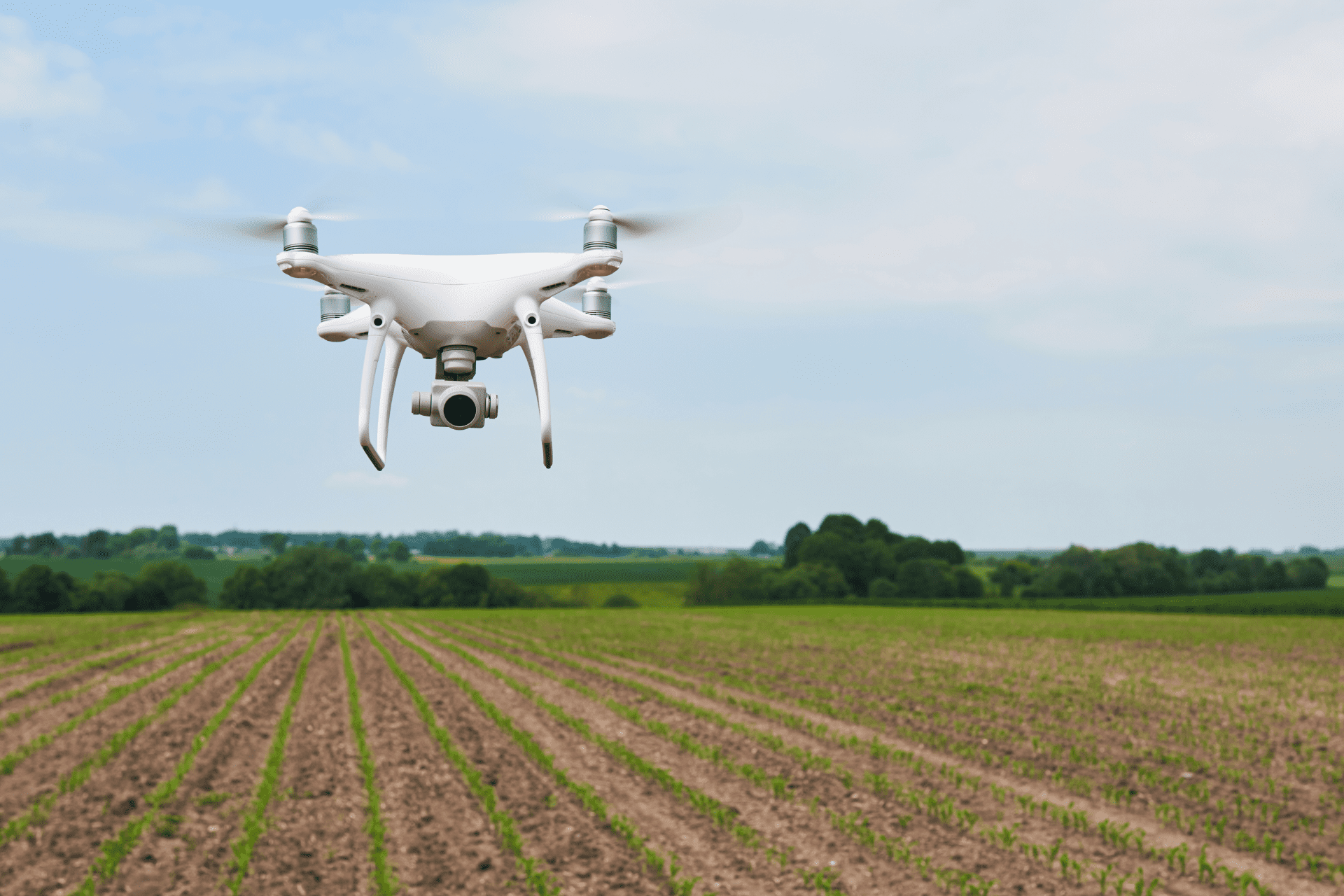Using AI Robots to Improve Efficiency in Agriculture
Technological innovation isn’t just spreading to smart cities, intelligent buildings, or new hybrid work models; robots are also revolutionizing agriculture with artificial intelligence, autonomous tractors, sensors that monitor crops in real time, drones, or fruit and vegetable-harvesting robots. Today we will tell you about some of the most interesting AI technologies that are already being used in the agriculture industry and the data annotation methods that were used to create such advanced robotics.

Harvesting Fruits and Vegetables
One of the main advantages offered by AI robots when it comes to harvesting fruits and vegetables is not only efficiency but it also helps farmers fill labor shortages. Even before the pandemic, growers were finding it increasingly hard to recruit people for picking. In July 2019, the American Farm Bureau Federation (AFBF) warned of continued labor shortages. Nowadays, it’s getting harder to find fruit pickers to harvest the world’s orchards. COVID-19 travel restrictions have prevented seasonal workers from crossing borders, so some farmers are turning to AI drones to pick their crops.
Fortunately, there are many companies developing advanced AI technologies to help farmers. One great example is the tomato-picking robot created by Root AI. The company’s first agricultural robot, dubbed the Vƒirgo 1, can pick tomatoes without bruising them, and detect ripeness better than humans. The Virgo is a self-driving robot with sensors and cameras that serve as its eyes. Because it also has lights on board, it can navigate large commercial greenhouses any hour of the day or night, detecting which tomatoes are ripe enough to harvest.
In order to accomplish all of its tasks, the robot requires several computer vision capabilities that can only be trained with quality data annotation. For example, to enable Virgo 1 one to correctly spot the tomatoes, human data annotators needed to prepare the training data set by correctly labeling tomatoes in hundreds or even thousands of images. However, Virgo 1 does not need to locate the tomatoes, but also distinguish between ripe and unripe tomatoes. This requires a more advanced type of data annotation, called semantic segmentation, which would allow the robot to determine the exact color a ripe tomato should have.
Increasing Crop Yields With AI Drones
Thanks to the development of unmanned technology, automation is coming to most manufacturing industries. In agriculture, UAVs have not only taken away the traditional functions of aircrafts with a crew on board, but also mastered new “professions”. The field of application is no longer limited to aerial photography – now farmers have access to information about the state of the field and each specific plant, drones can spray pesticides under the control of an operator or an autopilot and evaluate the results of work.
One great example of a company making strides in this area is the Switzerland-based company Gamaya. They are empowering farmers to increase their crop yields by using hyperspectral cameras mounted on drones to collect imaging data of the field and then utilizing artificial intelligence to process the data and provide farmers with precise information on physiological traits and crop phenology. This is a lot more efficient than physically walking through the fields and checking the crops or using regular monitoring cameras.
Let’s take a look at the image below to get a better understanding of what such AI systems can do.

In this image we see areas that the AI drone has identified as containing weeds. The red areas contain the most weeds while the orange, yellow, and green areas contain less respectively. Creating such an accurate AI system requires massive amounts of precise data annotation such as semantic segmentation to associate every pixel of an image with a class label i.e. a weed.
Now, let’s imagine that, in addition to weeds, we also want the drone to identify various types of crops such as wheat, corn, etc. For this we would need instance segmentation, which is the task of detecting and delineating each distinct object of interest appearing in an image. This can be very useful for spotting diseases in the crops, poor plant nutrition and enabling the farmers to take action before the problems get out of control.
Trust Mindy Support With All of Your Data Annotation Needs
We mentioned a lot of data annotation methods that are used to create AI technology for the agriculture industry, but it is very important that the data annotation that is being done to train the model is performed with the highest level of accuracy possible. This is why so many companies trust Mindy Support with their data annotation needs. We are the largest data annotation company in Eastern Europe with more than 2,000 employees in eight locations all over Ukraine and in other geographies globally. Contact us today to learn more about how we can help you.





